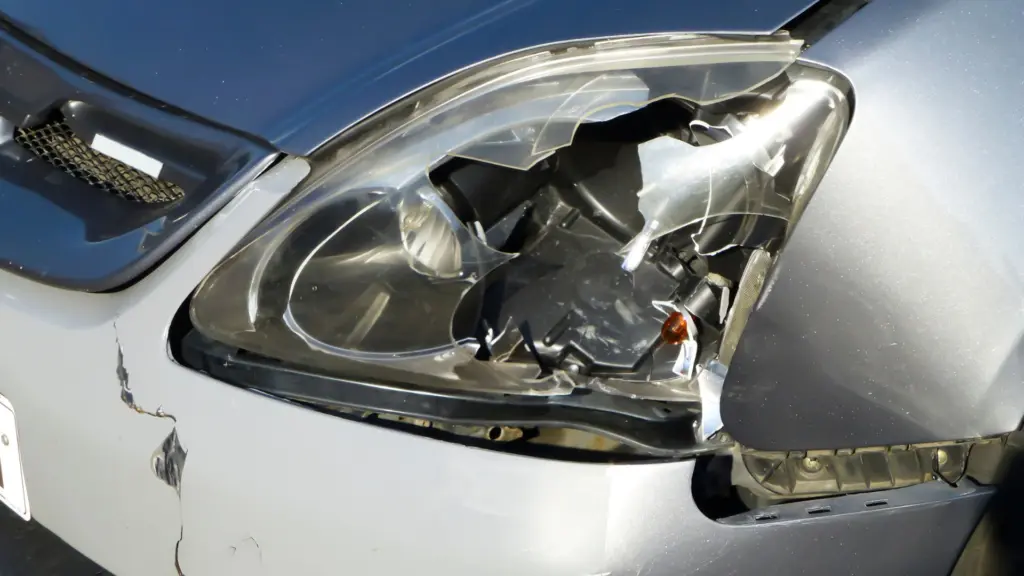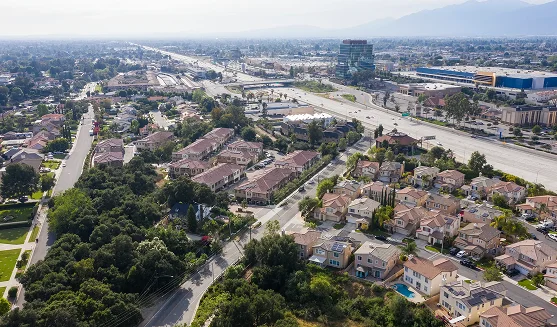Trying to determine liability and fault in an accident can be a frustrating and stressful experience. No matter what kind of accident you have been involved in, nobody wants to accept the responsibility of an accident even if they caused it due to their negligence. However, depending on the nature of the accident, the level of responsibility may be shared between multiple parties due to the comparative negligence rule.
What is the Comparative Negligence Rule?
Comparative negligence is a legal concept that is used to determine the level of liability and fault in an accident between two or more parties. It is designed to serve as an objective and fair means to divide responsibility and compensation. There are two different types of comparative negligence, which are Pure and Modified, and depending on which state you live in it can drastically affect the outcome and the awarded compensation in a personal injury case such as a traffic accident.
What Is the Difference Between Pure and Modified Comparative Negligence?
A pure comparative negligence system is when an accident victim can recover damages even if they are partially responsible for causing the accident in question. Depending on the scale of damages and injuries in a personal injury case, the overall awarded compensation can be reduced by the accident victim’s fault.
For example, if an accident victim is 25% responsible for causing a car accident, instead of receiving 100% compensation in damages, then they would only receive 75% compensation to make up for their actions.
Meanwhile, a modified comparative negligence system operates very similarly to a pure comparative negligence model, but with one key difference. If the victim is 50% responsible for the accident in question, then they are not eligible for any compensation for their damages and injuries. Other than that, if the victim is less than 50% responsible for the accident in question, then they can be compensated a reduced amount depending on the percentage of their fault.
What Is California’s Comparative Negligence Rule?
California follows a pure comparative negligence system, as per California Civil Code 1431.2, stating that the fault and awarded compensation of an accident is determined by the percentage of responsibility to each party. Meaning that if an accident victim is partially responsible for an accident, then it will affect how much compensation they can ultimately receive, allowing the one who caused the accident some financial leeway.
Do Other States Have Comparative Negligence?
Yes, other states are enforcing a comparative negligence model, however, whether they utilize a pure or modified comparative negligence system will be dependent on the state and their legislation. For instance, Nevada follows a modified comparative negligence model to determine liability and fault in personal injury suits.
What Should I Do If I Was Partially Liable For An Accident?
If you are partially liable for a car accident or any other personal injury claim and would like to pursue legal action, it is important to know how liable you are to understand how much compensation you can receive. If you are unsure about how liable you are, it is recommended to consult with a car accident lawyer.
However, if you have been involved in an accident and would like to seek legal representation in order to properly determine liability, contact us today by calling (213) 927-3700 or filling our contact form to schedule a free consultation with our compassionate and talented legal team.














































































